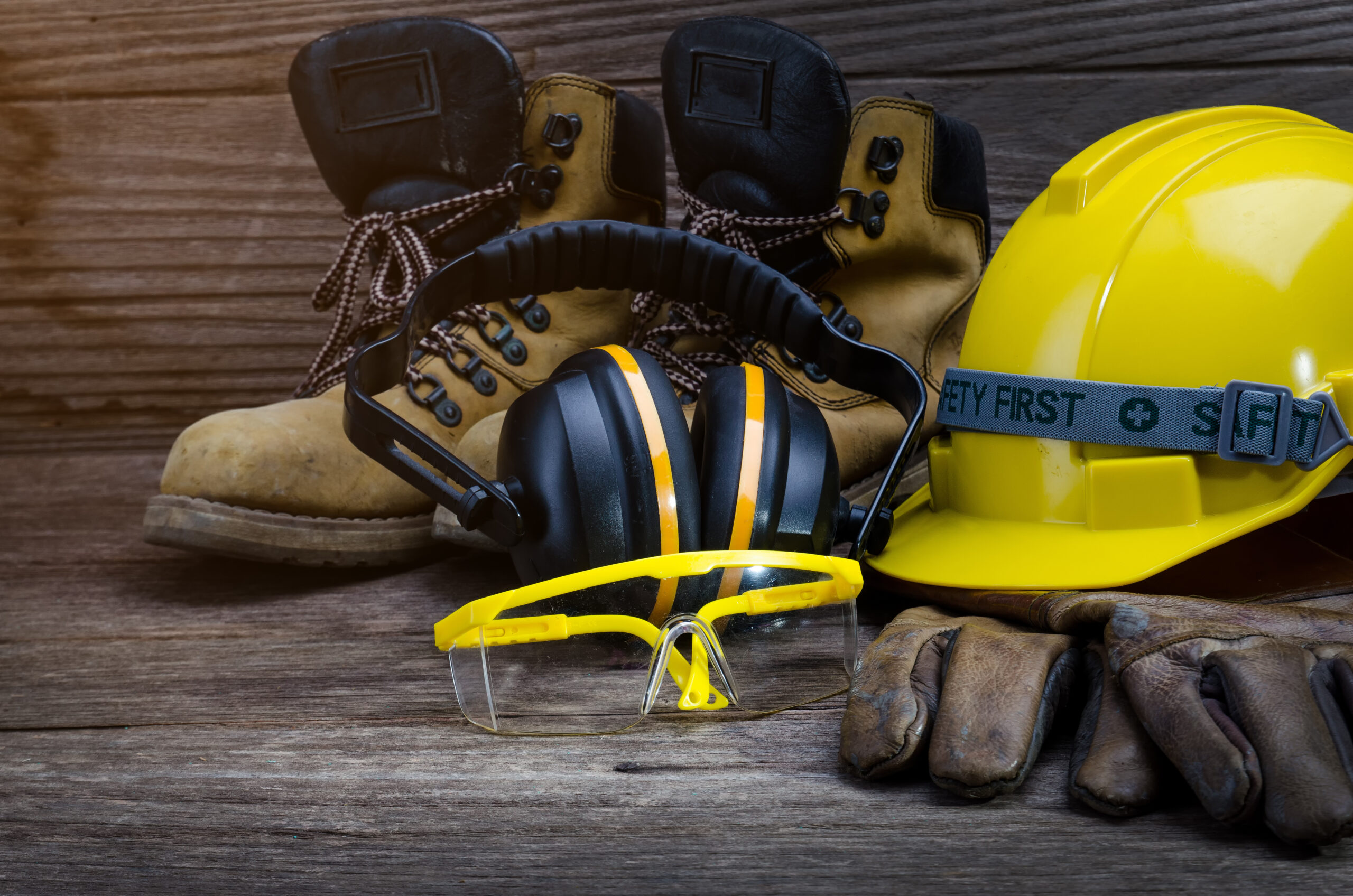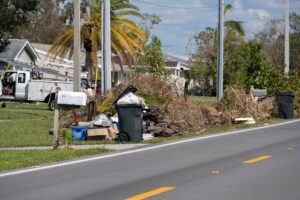
Whether you’re tackling a home renovation, roof replacement, or major cleanup, a roll-off dumpster is one of the safest and most efficient ways to manage debris. But as simple as a dumpster rental might seem, there are key safety measures every homeowner and contractor should know before loading that first piece of debris.
Proper preparation and careful use not only protect people and property but also ensure a smoother, faster cleanup process.
Choose the Right Placement Area
Before delivery, decide exactly where the roll-off dumpster will sit. Select a flat, level surface with solid ground — such as a concrete driveway or compacted gravel area. Avoid soft ground, steep inclines, or spaces near low-hanging wires and tree branches.
If you’re unsure, your waste management provider can recommend the safest placement based on your property layout and access points.
Protect Driveways and Surfaces
Even though roll-off dumpsters are designed to minimize impact, the weight of debris can leave marks on driveways or pavement. Place wooden planks or plywood under the dumpster wheels to distribute weight evenly and prevent scratches or cracks. This step is especially important for residential driveways made of asphalt or decorative concrete.
Load Evenly and Avoid Overfilling
One of the most common safety issues is uneven or overfilled dumpsters. Always distribute debris evenly from front to back and avoid stacking materials above the rim. Overloaded dumpsters can cause items to fall during transport or make the container unstable when lifted.
If you’re disposing of heavy materials such as concrete or roofing shingles, load them first and spread the weight evenly to prevent tipping or shifting.
Keep Children and Pets Away
Dumpster rentals can be fascinating to kids — but they’re not playgrounds. Keep children and pets away from the work area to avoid cuts, falls, or other injuries. When not in use, cover or block off the area to reduce risk.
Avoid Prohibited Materials
Not all materials are suitable for disposal in a roll-off dumpster. Hazardous waste such as paints, solvents, batteries, fuel, and chemicals must be handled through approved collection programs. Including these items can lead to safety hazards, environmental fines, or rejected loads at the landfill.
If you’re unsure what’s allowed, your provider can give you a detailed list of approved and restricted materials.
Watch for Sharp or Loose Objects
When loading waste, wear gloves and proper footwear to avoid cuts or punctures. Nails, metal edges, and broken glass are common on construction sites and can easily cause injuries if not handled properly. Sweep the area around the dumpster regularly to prevent accidents.
Maintain Clear Access
Make sure the dumpster is easy to reach for loading and for the driver during pickup. Avoid blocking it with vehicles or materials. Clear access reduces delays and ensures the truck operator can remove the container safely and efficiently.
Schedule Pickup Promptly
Leaving a full dumpster on-site longer than necessary can attract pests, increase odors, or invite illegal dumping. Schedule your pickup as soon as your project wraps up to keep your property clean, safe, and compliant.
Safety and Simplicity Go Hand-in-Hand
By taking a few simple precautions, homeowners and contractors can ensure their dumpster rental experience is both safe and efficient. From proper placement and even loading to avoiding restricted items, small safety habits prevent big problems — keeping your cleanup project on schedule and stress-free.
FAQ - Roll-Off Dumpster Safety Tips for Homeowners & Contractors
Q: How do I keep my driveway safe when renting a dumpster?
A: Place plywood or planks under the dumpster wheels to spread the weight evenly and prevent scratches or cracks.
Q: Can I move a roll-off dumpster after it’s delivered?
A: No. Only the driver should move a dumpster using proper equipment. Shifting it yourself can cause damage or injury.
Q: How full can I load a dumpster?
A: Keep debris level with the top rim. Overfilling can create hazards during pickup and may result in extra charges.
Q: Are there safety rules for what can go into a dumpster?
A: Yes. Avoid hazardous waste such as paints, chemicals, and batteries. Ask your provider for a list of restricted materials before loading.
Q: What should I do if I have heavy materials like concrete or shingles?
A: Load heavy items first and distribute them evenly throughout the container to maintain stability and prevent tipping.
Q: Do I need safety gear when loading a dumpster?
A: Wearing gloves, closed-toe shoes, and protective eyewear is highly recommended to prevent injuries from sharp debris.
Q: How far should the dumpster be from my house or structure?
A: Maintain a few feet of clearance around the dumpster to allow for safe access and prevent contact with siding, fencing, or eaves.
Here’s How to Rent a Dumpster
- Contact us about portable dumpster rentals online today or call 334-271-6900.
- Let us know your timeline and we’ll quote a simple 7-day flat rate with no hidden fees.
- This portable dumpster rental includes delivery, pickup and waste disposal.
Questions about residential dumpster renting, we are experts in trash handling and are here to help you with your portable dumpster rental and your overall waste management needs.






No comment yet, add your voice below!